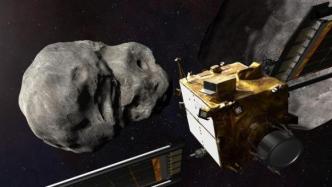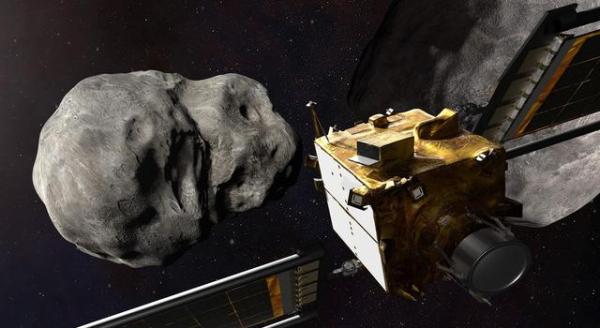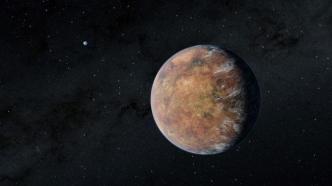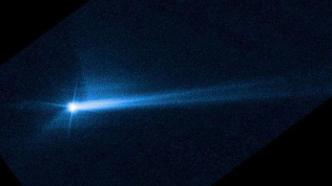

Artistic illustration of the DART detector.
Humanity's first-ever planetary defense mission is about to be carried out. According to a report on the website of the British "New Scientist" magazine on the 20th, the spacecraft carrying out NASA's "Double Asteroid Redirection Test" (DART) mission will hit the asteroid "Dimover" on September 26. s" in an attempt to change its trajectory.
The 500-kilogram DART spacecraft was launched on November 24 last year and is expected to reach its destination, the 780-meter-wide asteroid Didymos, on September 26, before crashing into the 160-meter-wide "Didimos" Demovers" and tried to change its trajectory.
Neither Didymos nor Dimorfus will No threat to Earth 11 million kilometers away, but his team hopes the results from this test will provide important insights for their future response to potentially deadly space rocks.
If DART hits "Demophos" at a speed of about 6.6 kilometers per second, it will change its orbit for at least 73 seconds, about a 10% change. However, the researchers believe that the experiment would only be considered a success if it could change its orbit for 10 minutes.
Although DART has a camera, it will be destroyed when the spacecraft hits the asteroid, so the impact cannot be seen. The research team will rely on the "Italian Lightweight CubeSat Imaging" that separated from DART on September 11 for detailed observations. At a distance of 55 kilometers from the impact crater, the device will use two cameras to capture images of the impact to record data and measure the impact's dynamic impact on Dimovers, as well as any plumes generated at the impact site.
In addition, support will be provided by multiple ground-based telescopes and space observatories, including Hubble and James Webb, which will measure Didymos' cycle and compare it to past observations . Rifkin said: "When 'Dymovers' moves in front of 'Diddymos', it causes the 'Diddymos' to decrease in brightness, and by measuring the change in brightness, the 'Dymovers' surround can be obtained. Didymos' run cycle."
Rifkin believes that the success of the mission will take weeks, if not months, to be known. The European Space Agency plans to launch the Hera spacecraft in 2024 to document the aftermath of the impact in more detail.
(Original title "The first planetary defense mission is about to perform NASA's proposed spacecraft to knock an asteroid out of orbit")


